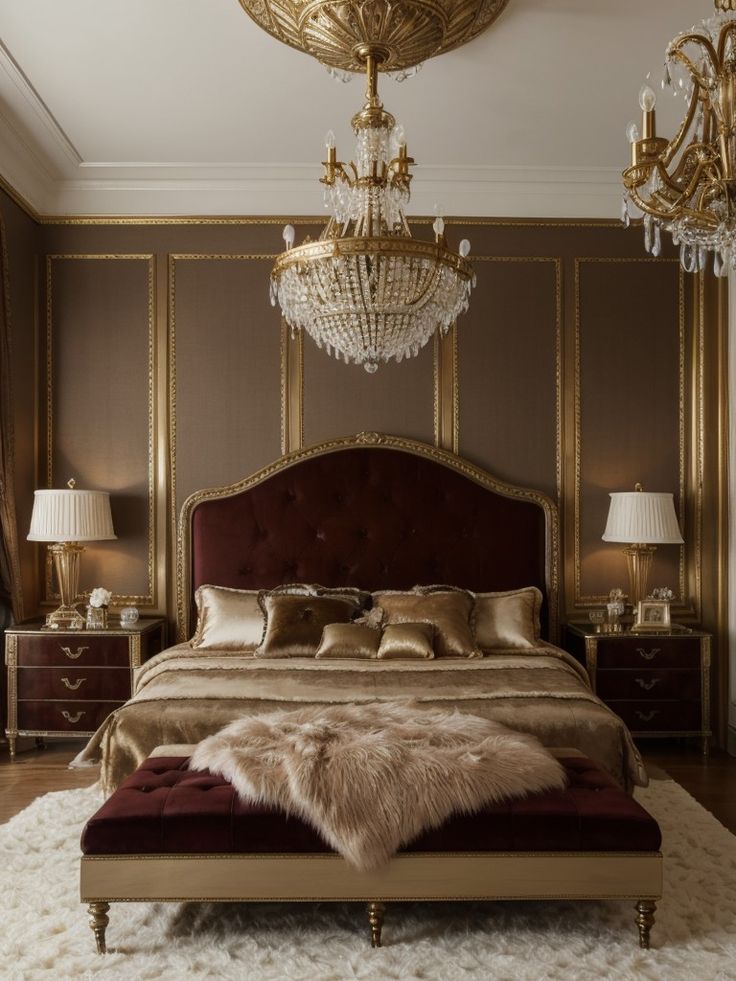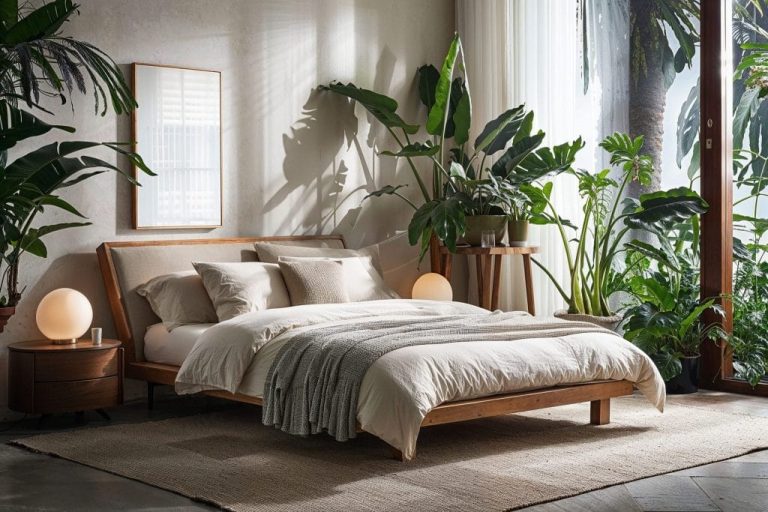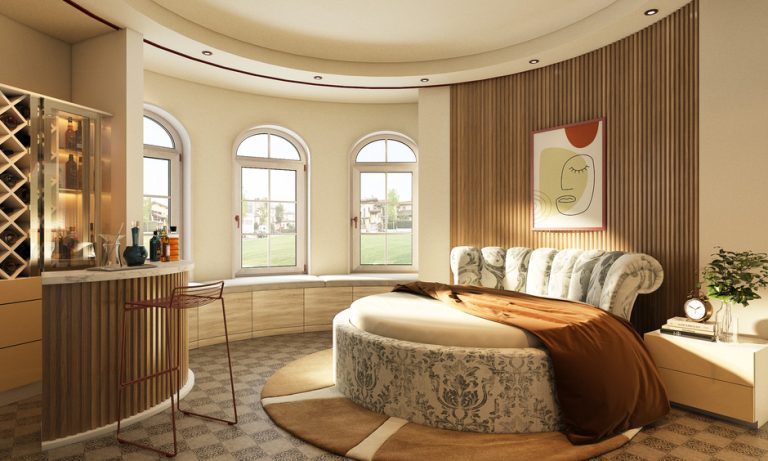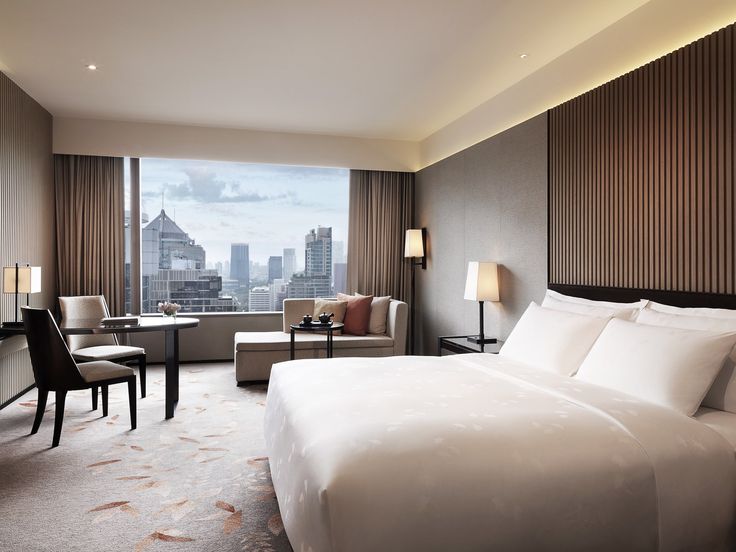Latest and Unique Curved Bed Design Ideas
In an architectural landscape often defined by straight lines and sharp angles, the curved bed stands as a graceful counterpoint, introducing an organic fluidity that transforms a bedroom from a mere sleeping space into a sanctuary of soft contours and harmonious flow. Far more than a passing trend, the integration of curves into bed design speaks to a deeper human desire for comfort, embrace, and a visual respite from the rigid geometry of modern life.
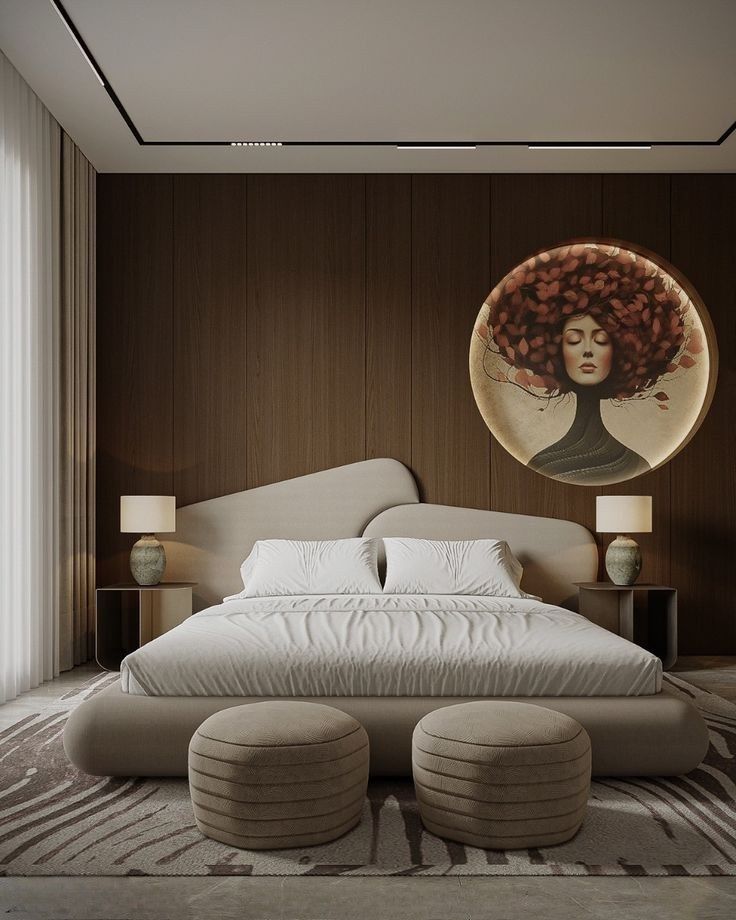
These beds, with their gentle arcs and sweeping forms, offer a distinct departure from the conventional, creating a sense of natural elegance and sophisticated relaxation that is both visually captivating and profoundly comforting. Choosing a curved bed is a declaration of aesthetic preference, an embrace of softness and a commitment to creating a bedroom environment that feels uniquely tailored to tranquility.
A Historical Nod to Natural Forms: The Roots of Curvature in Furniture
While the overt “curved bed” as a distinct design category might seem contemporary, the influence of organic shapes in furniture design has a rich historical precedent. Ancient cultures often incorporated natural curves in their dwellings and furnishings, mimicking the forms found in nature – the gentle curve of a river, the arch of a tree branch, or the protective sweep of a bird’s nest.
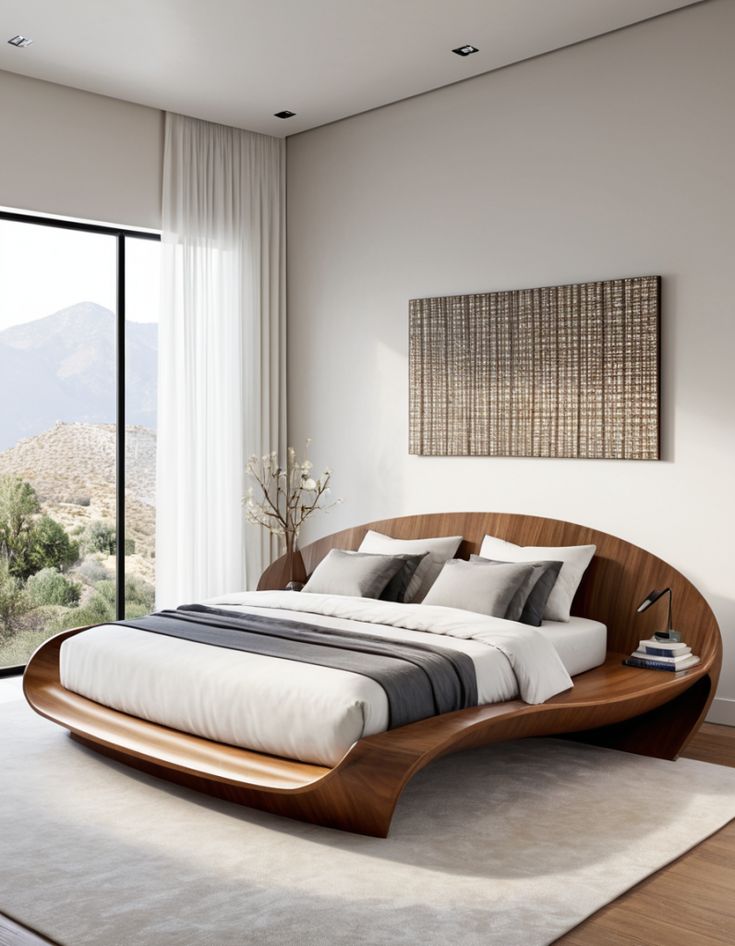
This inherent human connection to natural forms has subtly influenced design throughout the ages, resurfacing prominently in various artistic movements that sought to break free from strict linearity. The modern interpretation of the curved bed, however, truly flourished in eras that celebrated sensuality and artistic expression, such as Art Nouveau or mid-century modernism, where designers consciously infused furniture with fluid lines to evoke movement, comfort, and a departure from industrial rigidity, laying the groundwork for the sophisticated curved designs we see today.
Beyond Aesthetics: The Innate Comfort of a Curved Design
The appeal of a curved bed extends far beyond its striking visual presence; it delves into the realm of human psychology and physical comfort. The absence of harsh corners and the presence of soft, enveloping lines create an immediate sense of welcome and safety, akin to being gently cradled. This organic shaping can subtly influence the perception of space, making a room feel less constrained and more expansive, as the eye flows effortlessly along its contours.
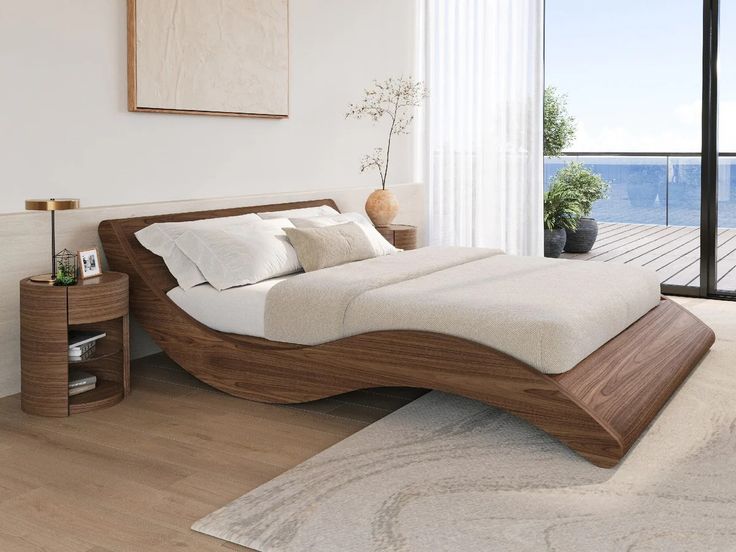
For couples, the curved headboard or frame can create a more intimate and embracing feel, fostering a sense of closeness and shared sanctuary. Moreover, the ergonomic benefits are often understated; the gentle curve can provide subtle support and encourage a more relaxed posture, contributing to a deeper and more restful sleep experience, aligning with our natural inclinations for soft boundaries.
Redefining Space: The Spatial Dynamics of Curved Beds
One of the most intriguing aspects of curved bed design is its ability to interact with and redefine the spatial dynamics of a bedroom. Unlike their strictly rectangular counterparts, curved beds can soften the visual impact of a large room, breaking up expansive, flat walls and introducing a focal point that draws the eye into a more inviting arrangement.
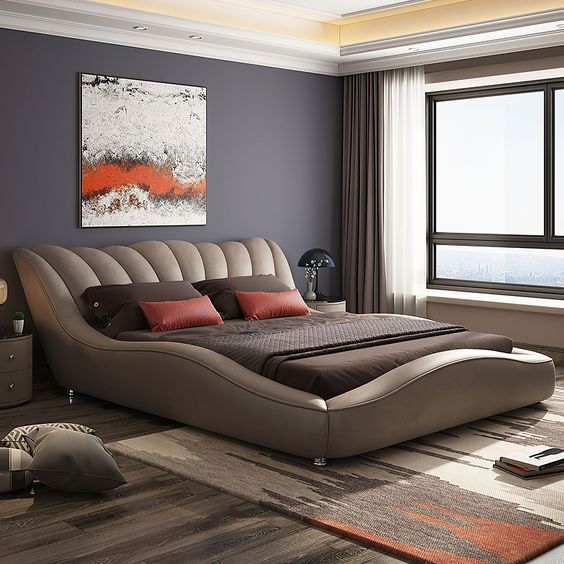
In smaller or irregularly shaped rooms, a strategically placed curved bed can work surprisingly well, fitting into alcoves or against walls where a straight bed might feel too rigid or block pathways. The fluid lines create a sense of movement, guiding the eye around the room and often making the space feel larger and less cluttered, as the absence of sharp edges prevents visual “stops.” This adaptability allows for more creative and less conventional bedroom layouts, transforming limitations into opportunities for unique design expressions.
Navigating the Nuances: Practical Considerations for Curved Beds
While undeniably alluring, incorporating a curved bed into your home requires thoughtful consideration of several practical aspects. The primary concern often revolves around space; while some curved designs can be space-efficient, others, particularly those with elaborate integrated features or expansive headboards, may require a significant footprint. Accurate measurement of your room and the bed’s specific dimensions is crucial to ensure a harmonious fit.
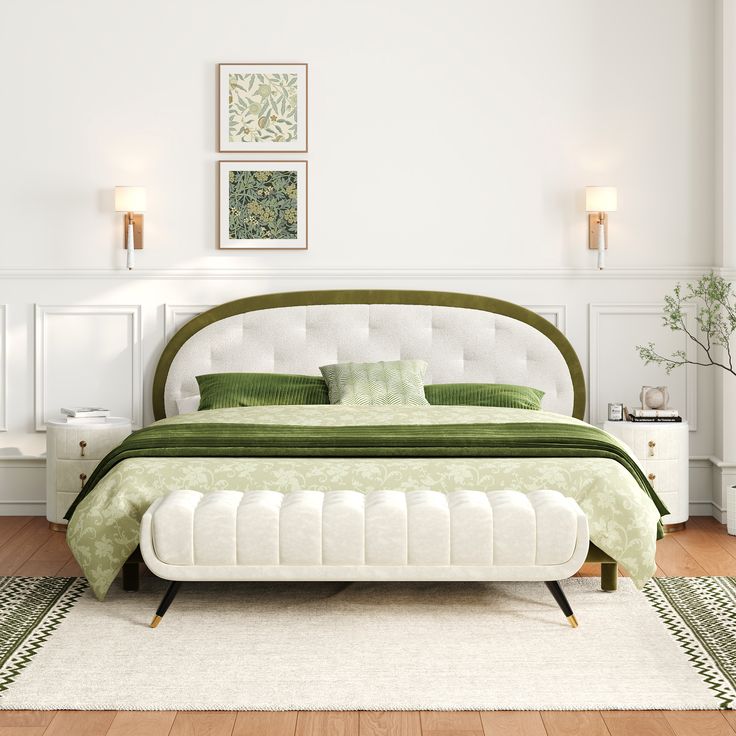
Bedding can also present a slight challenge; while standard sheets will generally work, custom-shaped comforters or duvet covers may be desirable to perfectly complement the curve, potentially incurring additional costs or requiring more specialized sourcing.
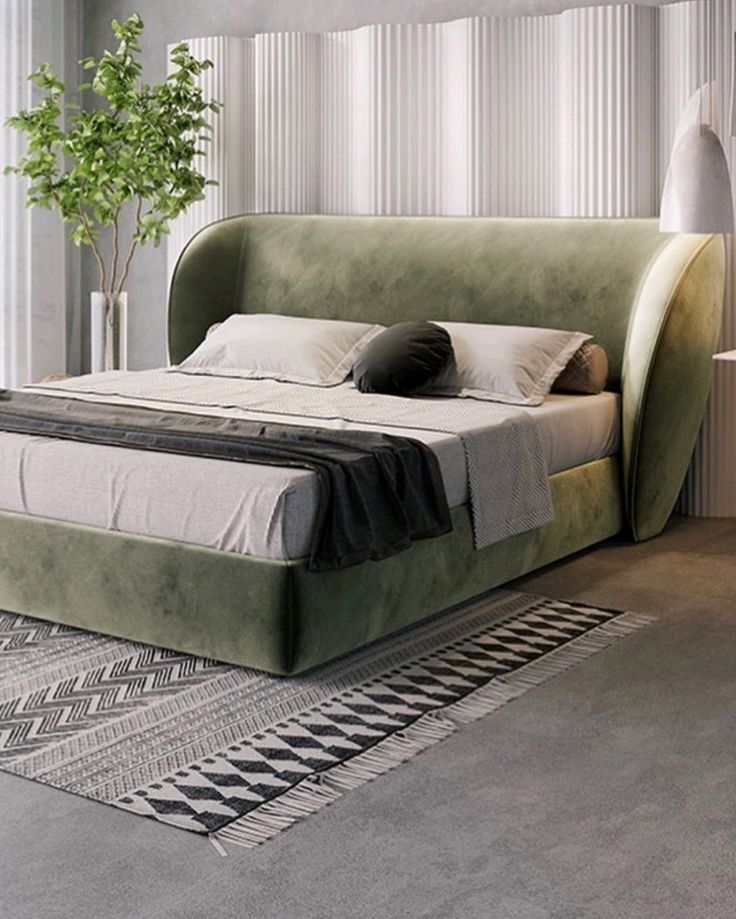
Furthermore, the integration of accompanying furniture like nightstands or dressers might necessitate a departure from traditional rectangular pieces, encouraging the selection of round or organically shaped side tables to maintain visual cohesion and enhance the overall aesthetic flow of the room.
A Tapestry of Styles: Diverse Manifestations of Curved Bed Design
The realm of curved bed design is rich with stylistic diversity, catering to a wide array of interior aesthetics. From minimalist interpretations featuring subtle arcs and sleek, low-profile platforms, often rendered in contemporary materials like polished wood or metal, to more opulent versions boasting generously upholstered frames in sumptuous velvets or fine leathers, the possibilities are vast.
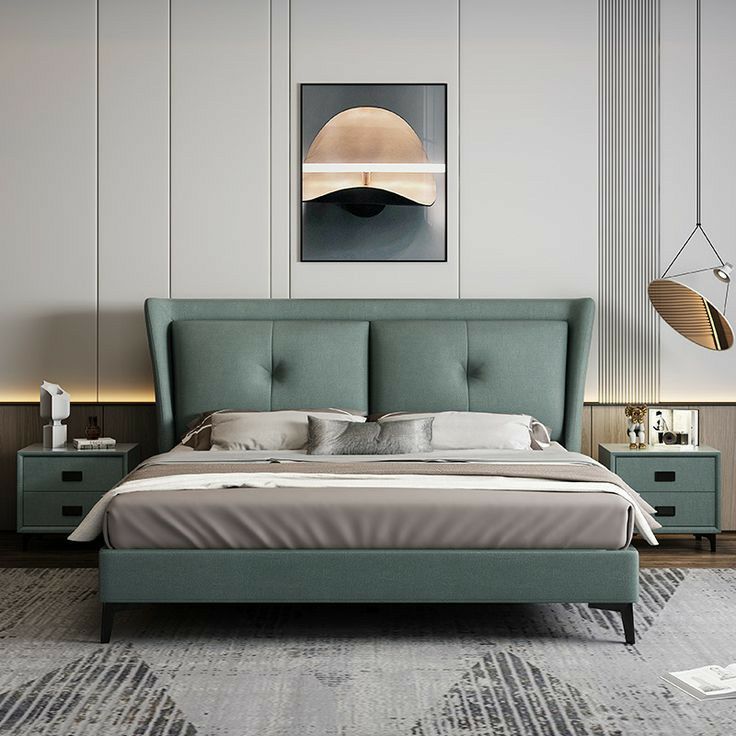
Some designs incorporate a gentle curve purely in the headboard, offering a soft visual interest without altering the mattress shape, while others embrace a fully curved frame that cradles the entire sleeping surface. Integrated lighting, cleverly concealed along the bed’s contours, can enhance the ambiance, creating a soft glow that accentuates its unique form.
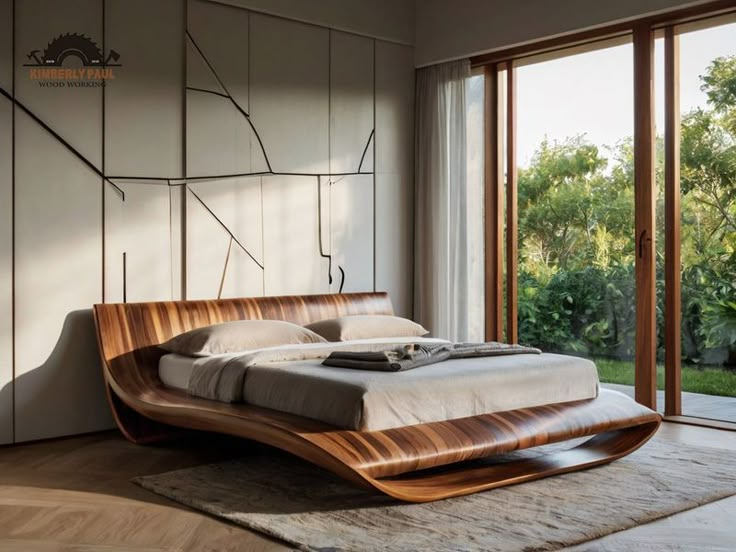
For the truly luxurious, some curved beds come with built-in side tables or storage compartments that seamlessly follow the bed’s natural lines, offering both aesthetic appeal and practical functionality, blurring the lines between furniture and architectural element.
Crafting Your Serene Curve: Designing Around a Curved Bed
Once you’ve chosen your ideal curved bed, the art of designing the surrounding bedroom unfolds as an exciting creative endeavor. Embrace the bed’s inherent organic qualities by echoing its curves in other elements of the room: a round or oval rug beneath the bed, gently arcing floor lamps, or circular wall art can create a sense of visual harmony and continuity.
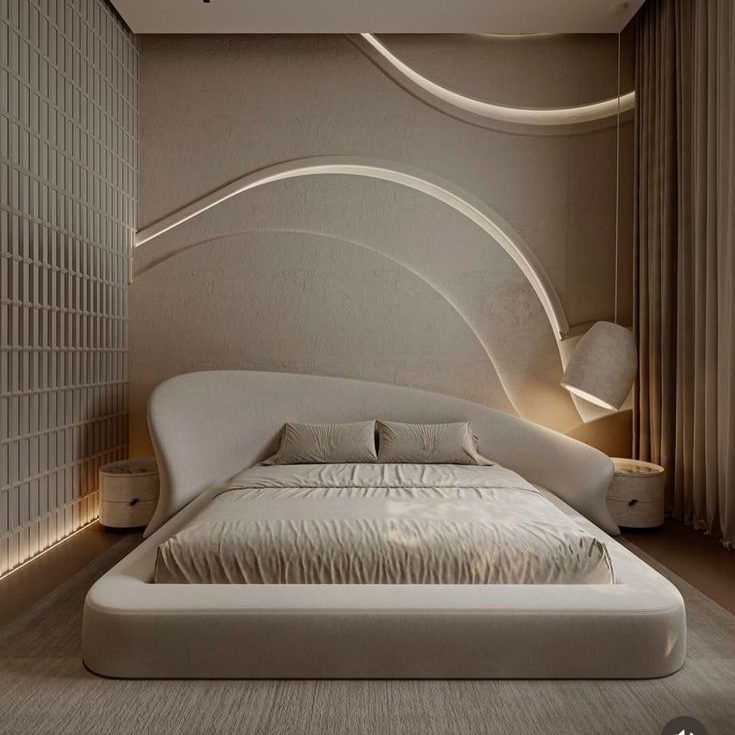
Lighting plays a pivotal role in highlighting the bed’s unique silhouette; soft, diffused lighting can emphasize its gentle contours, creating a warm and inviting atmosphere. Consider a color palette that complements the bed’s design, whether it’s a calm, muted tone that enhances its serene quality or a bold, contrasting hue that makes it a dramatic focal point. The choice of textures, from plush throws to crisp linens, can further enhance the comfort and visual richness of the space, turning your bedroom into a multi-sensory retreat.
The Resurgence of the Organic: Why Curved Beds are Trending
The current fascination with curved bed designs isn’t just a fleeting trend; it’s a reflection of deeper societal shifts towards biophilic design and a renewed appreciation for natural forms within our living spaces. As our lives become increasingly digital and often confined to rigid structures, there’s a growing desire to inject softness, fluidity, and a sense of calm into our homes. Curved beds, with their gentle contours and embracing shapes, directly address this need, offering a visual and tactile antidote to the angularity of modern architecture and technology.
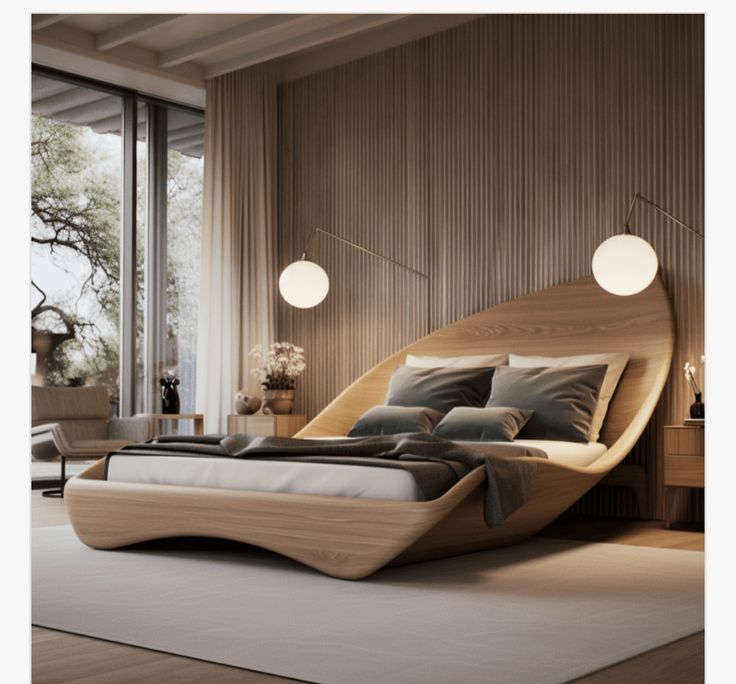
They represent a conscious move away from purely functional furniture towards pieces that also contribute to emotional well-being and a more serene environment. This shift is part of a broader movement where designers and homeowners are prioritizing comfort, tactile experiences, and a connection to nature, making the curved bed a cornerstone of contemporary bedroom design that perfectly blends aesthetics with an innate human craving for softness and security.
The Future of Flow: Innovation in Curved Bed Design
As design continues to evolve, prioritizing wellness, personalization, and a departure from rigid norms, the curved bed is set to gain even greater prominence. Future innovations are likely to see an integration of advanced ergonomics, offering adaptive support that responds to the sleeper’s body, seamlessly combining comfort with cutting-edge technology. We might witness the use of new, sustainable materials that can be molded into even more intricate and flowing shapes, pushing the boundaries of what’s possible in furniture design.
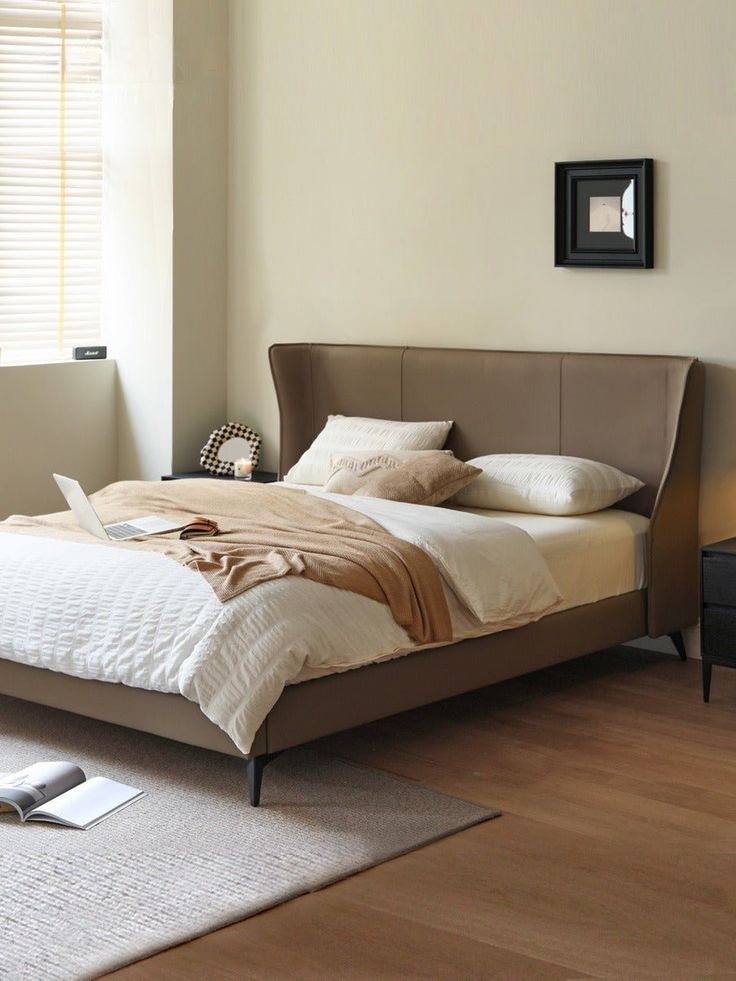
Smart home features, such as integrated climate control, subtle ambient lighting synchronized with sleep cycles, or discreet charging stations, are also probable advancements that will further enhance the functionality and luxurious appeal of curved beds. Ultimately, the inherent human desire for comfort, beauty, and a gentle embrace in our most private spaces ensures that the allure of the curved bed will continue to inspire designers and homeowners alike, shaping the bedrooms of tomorrow into even more organic, inviting, and truly unique havens of rest.

